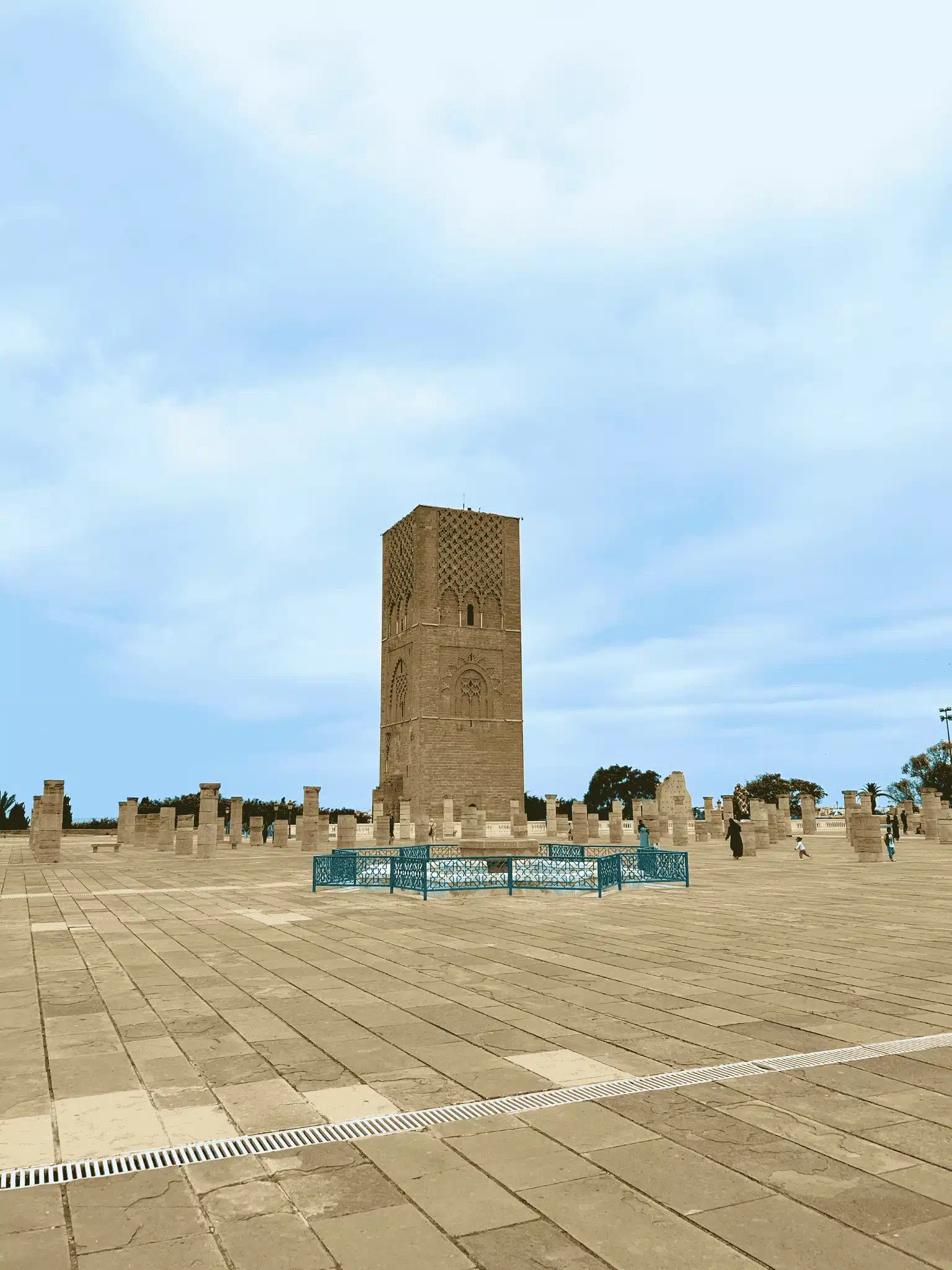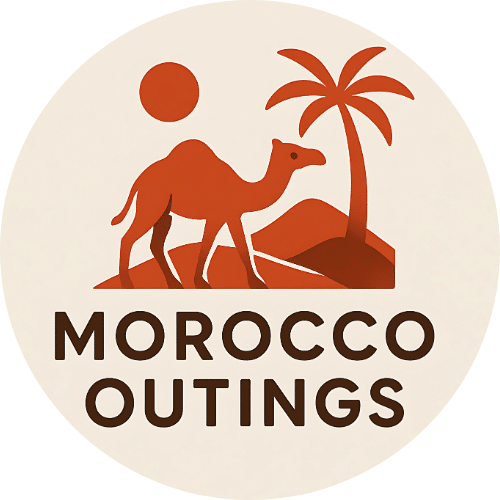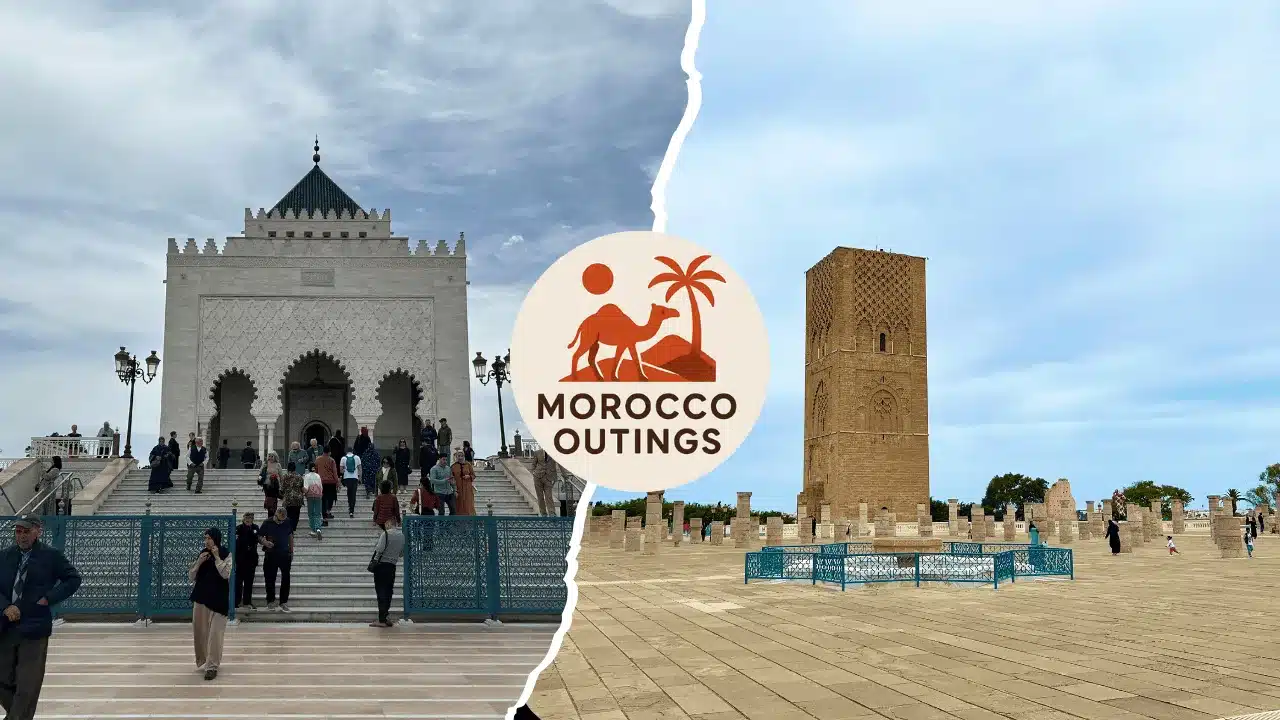How Many Days Do You Need to Tour Rabat – Tourist Guide
Rabat, the serene capital of Morocco, is a city where centuries of history coexist harmoniously with modern elegance. From the towering minarets and royal palaces to its lush gardens and Atlantic coastline, Rabat offers a balanced blend of culture, architecture, and everyday Moroccan life. Deciding how many days you need to truly experience the city depends on your pace, interests, and whether you plan to venture to surrounding regions. This guide breaks down what you can expect over a stay ranging from a short two-day visit to a more immersive week-long journey.
Perfect Duration for Touring Rabat City
Day 1: Introduction to Rabat’s Historic Core
Morning: Kasbah of the Udayas
Begin your exploration at the Kasbah of the Udayas, a UNESCO-listed site perched at the mouth of the Bouregreg River. Wander through its narrow blue-and-white alleyways, admire the Andalusian Gardens, and take in panoramic views of the Atlantic Ocean. This district provides a peaceful yet atmospheric start to your Rabat adventure.
Afternoon: Hassan Tower and Mausoleum of Mohammed V
After the Kasbah, head to one of Rabat’s most iconic landmarks—the Hassan Tower. Originally intended as the minaret of a grand mosque, the unfinished structure stands as a reminder of Morocco’s medieval ambitions. Just opposite lies the Mausoleum of Mohammed V, an exquisite example of Moroccan craftsmanship, housing the tombs of Morocco’s late kings. Expect to spend a couple of hours here absorbing the grandeur and symbolism of these sites.


Evening: Bouregreg Marina
Cap your first day with a walk or dinner at the Bouregreg Marina. Overlooking the river and the neighboring city of Salé, this area features restaurants serving fresh seafood, Moroccan dishes, and international cuisine. Watching the sunset while boats drift in and out of the marina is the perfect way to close your introduction to Rabat.
Day 2: Rabat’s Cultural and Spiritual Heritage
Morning: Royal Palace and Chellah Necropolis
Dedicate your morning to visiting the Royal Palace grounds, the official residence of Morocco’s king. While the palace interior is not open to the public, the surrounding complex and ceremonial gates are impressive in their own right. Nearby lies the Chellah Necropolis, an evocative site combining Roman ruins with medieval Islamic architecture. The tranquil gardens, stork nests, and crumbling tombs make it one of Rabat’s most atmospheric landmarks.
Afternoon: Mohammed VI Museum of Modern and Contemporary Art
Shift into a cultural mood by visiting the Mohammed VI Museum, where Morocco’s finest contemporary artworks are displayed. From vibrant paintings to installations reflecting the country’s evolving identity, the museum provides a refreshing modern counterpoint to Rabat’s historical sites.
Evening: Medina of Rabat
Spend your evening wandering Rabat’s Medina, less hectic than those of Fez or Marrakech but equally charming. Its streets are filled with artisan shops selling leather goods, carpets, pottery, and spices. Stop at a traditional café to enjoy mint tea while observing the relaxed rhythm of local life.
Day 3: Oceanfront Charm and Urban Elegance
Morning: Rabat Beaches and Corniche
On your third day, head toward Rabat’s coastline. The city’s beaches, such as Plage de Rabat, offer opportunities for sunbathing, walking along the shore, or even surfing. The Corniche promenade is a scenic spot to enjoy the ocean breeze.
Afternoon: Villa des Arts and Botanical Gardens
Explore Rabat’s Villa des Arts, a cultural center that hosts temporary exhibitions and highlights Moroccan creativity. From there, stroll through the lush Botanical Gardens of Rabat, where exotic plants, fountains, and shaded paths provide a calming retreat.
Evening: Agdal and Souissi Districts
In the evening, discover the modern side of Rabat in neighborhoods like Agdal and Souissi. These districts feature stylish cafes, international restaurants, and boutique shops. For an elevated view, visit one of the rooftops where the cityscape blends seamlessly with the horizon.
Day 4: Day Trips and Extended Exploration
Morning: Salé – The Twin City
Just across the Bouregreg River lies Salé, Rabat’s sister city. Its historic medina is home to traditional markets, mosques, and quieter alleyways that contrast Rabat’s polished atmosphere.
Afternoon: Temara and Skhirat
For a more leisurely outing, head south to the beaches of Temara or Skhirat. These spots are popular with locals for their relaxed seaside charm. You can enjoy fresh seafood at coastal restaurants and soak in the coastal Moroccan lifestyle.
Evening: Hammam or Culinary Experience
Return to Rabat and relax with a traditional hammam experience or join a Moroccan cooking class. Both options provide a deeper cultural connection and a soothing way to conclude your day.
Day 5: Art, Parks, and Performance
Morning: Rabat Archaeological Museum
Begin your day at the Archaeological Museum, which holds some of Morocco’s most significant artifacts from prehistoric times to the Islamic period. Bronze statues, pottery, and ancient jewelry offer a glimpse into the region’s layered history.
Afternoon: Andalusian Gardens and Parks
Head back to the Andalusian Gardens near the Kasbah or visit public spaces like Jardin Nouzhat Hassan. These areas are ideal for a peaceful afternoon walk, providing both greenery and architectural beauty.
Evening: Rabat Theatre or Concert Hall
Spend your evening at the Mohammed V National Theatre or another cultural venue hosting music, dance, or theatre performances. Rabat has a growing performing arts scene that reflects both Moroccan traditions and international influences.
Day 6: Hidden Corners and Heritage Streets
Morning: Rue des Consuls
Explore Rue des Consuls, a historic street where foreign merchants once resided. Today it remains a lively place to shop for traditional crafts, jewelry, and textiles.
Afternoon: Oudayas Museum and Surroundings
Visit the Oudayas Museum, housed in a former palace within the Kasbah. Its exhibits highlight Moroccan arts and crafts, while its serene setting allows for quiet contemplation.
Evening: Cultural Performances in Old Rabat
Seek out smaller cultural venues that host music, storytelling, or traditional dance. These intimate settings allow visitors to connect with Morocco’s living traditions in a personal way.
Day 7: Leisure and Reflection
Morning: Shopping for Souvenirs
On your final day, dedicate the morning to shopping for souvenirs in both the Medina and modern districts. From rugs and lanterns to contemporary Moroccan design pieces, Rabat offers something for every taste.
Afternoon: Relax in a Café or Riverside Walk
Spend your afternoon at a café in Hassan or along the Bouregreg River. Watching the city flow around you is the perfect way to reflect on your time in Rabat.
Evening: Farewell Dinner
Conclude your week with a farewell dinner at a traditional Moroccan restaurant. Try dishes such as tagine, couscous, and pastilla, accompanied by local desserts like chebakia or sellou. Dining in a riad-style setting with Moroccan décor will leave you with lasting memories.
Final Thoughts: How Many Days Are Ideal for Rabat?
-
2–3 Days: Perfect for travelers short on time who want to see the highlights such as the Kasbah of the Udayas, Hassan Tower, the Mausoleum, and the Medina.
-
4–5 Days: Allows for deeper immersion, with visits to Salé, museums, and cultural neighborhoods, plus day trips to nearby beaches.
-
6–7 Days: Ideal for those seeking a complete experience, from ancient necropolises and royal monuments to contemporary art, performing arts, and hidden gems.



